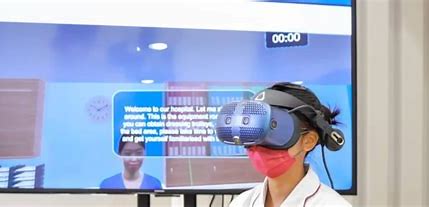LMS Student Portal: Your Gateway to Learning
In today’s digital age, learning has become more accessible and convenient than ever before. Learning Management Systems (LMS) have revolutionized the way students learn by providing them with a centralized platform to access course materials, interact with instructors, and collaborate with peers. The LMS student portal is the gateway to this digital learning experience, and in this article, we will explore its features, benefits, and best practices.
What is an LMS Student Portal?
An LMS student portal is a web-based interface that allows students to access their courses, assignments, and grades from anywhere with an internet connection. It provides a personalized learning experience that is tailored to the student’s needs, preferences, and learning style. The portal is accessible through a web browser or a mobile app, making it convenient for students to learn on the go.
Features of an LMS Student Portal
1. Course Management: The student portal provides students with a centralized location to access their courses, assignments, and quizzes. They can view their course syllabus, deadlines, and course materials such as videos, slides, and readings.
2. Communication and Collaboration: The student portal enables students to communicate with their instructors and peers through discussion forums, chat rooms, and email. They can also collaborate on group assignments, share resources, and provide feedback.
3. Grades and Progress: The student portal allows students to view their grades, track their progress, and receive feedback from their instructors. They can also view their academic transcript and degree requirements.
4. Personalization: The student portal provides students with a personalized learning experience by allowing them to customize their dashboard, set learning goals, and receive personalized recommendations based on their learning history.
Benefits of an LMS Student Portal
1. Convenience: The student portal provides students with a convenient and flexible learning experience that is accessible from anywhere with an internet connection. They can learn at their own pace, on their own schedule, and on their preferred device.
2. Collaboration: The student portal enables students to collaborate with their peers and instructors, which fosters a sense of community and engagement. They can share resources, provide feedback, and learn from each other’s perspectives.
3. Personalization: The student portal provides students with a personalized learning experience that is tailored to their needs, preferences, and learning style. They can customize their dashboard, set learning goals, and receive personalized recommendations based on their learning history.
4. Accessibility: The student portal provides students with access to course materials, assignments, and grades, which enables them to review and revise their work. They can also access their academic transcript and degree requirements, which helps them to stay on track and graduate on time.
Best Practices for Using an LMS Student Portal
1. Familiarize yourself with the portal: Take the time to explore the portal and familiarize yourself with its features and functions. This will help you to navigate the portal more easily and efficiently.
2. Customize your dashboard: Customize your dashboard to display the courses, assignments, and resources that are most important to you. This will help you to stay organized and focused.
3. Set learning goals: Set learning goals for yourself and track your progress. This will help you to stay motivated and focused on your learning objectives.
4. Collaborate with your peers: Collaborate with your peers by participating in discussion forums, chat rooms, and group assignments. This will help you to learn from their perspectives and build a sense of community.
5. Communicate with your instructors: Communicate with your instructors by asking questions, providing feedback, and seeking clarification. This will help you to understand the course material more deeply and apply it to real-world situations.
Conclusion
The LMS student portal is a powerful tool that enables students to access course materials, interact with instructors, and collaborate with peers. It provides a personalized learning experience that is tailored to the student’s needs, preferences, and learning style. By familiarizing yourself with the portal, customizing your dashboard, setting learning goals, collaborating with your peers, and communicating with your instructors, you can maximize the benefits of the LMS student portal and achieve your learning objectives.

